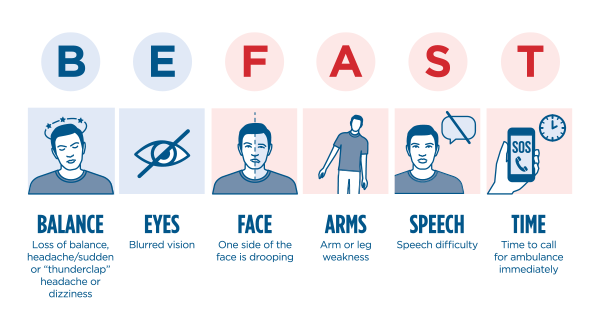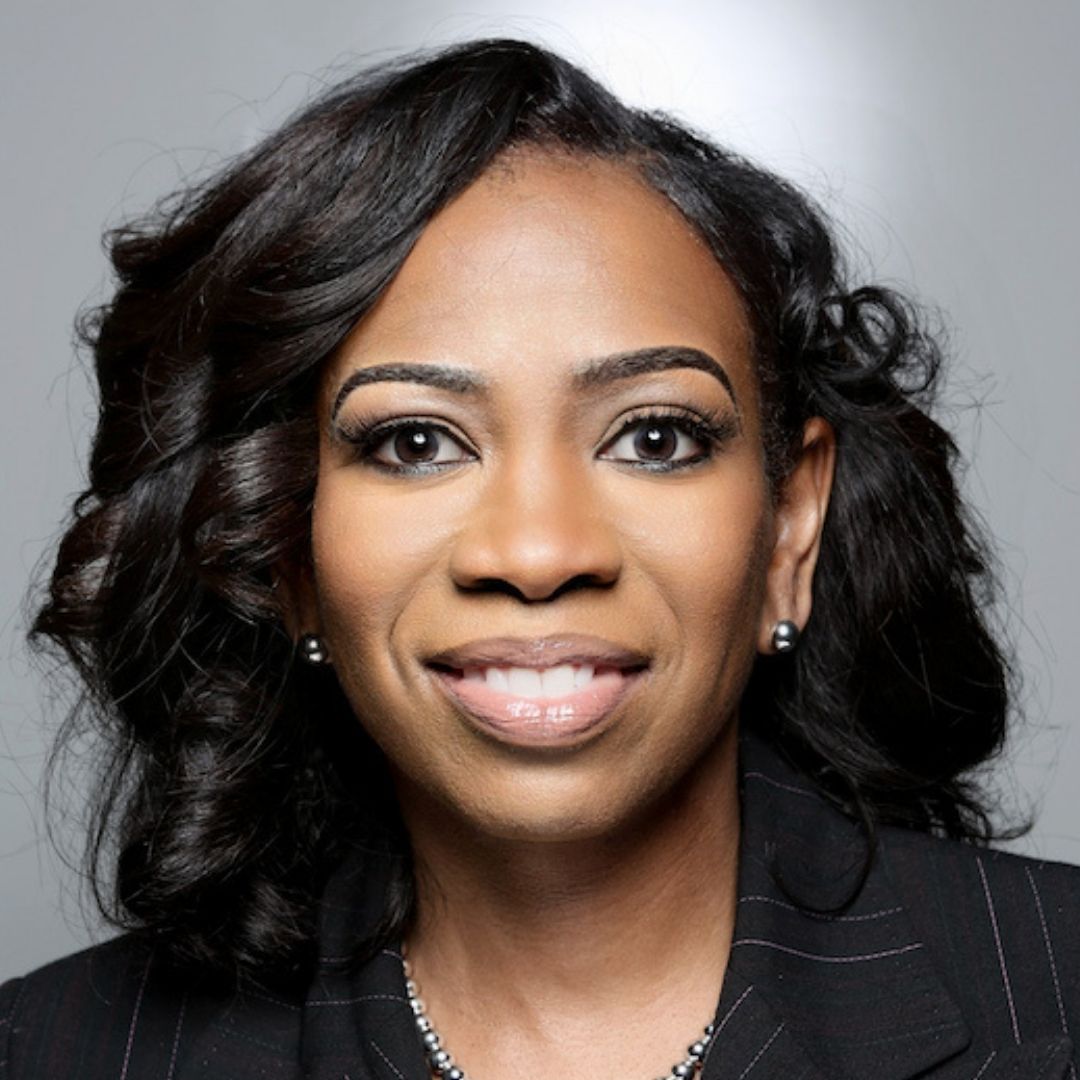May is Stroke Awareness Month.
According to the American Stroke Association, a stroke occurs when a blood vessel that carries oxygen and nutrients to the brain is either blocked by a clot or bursts (or ruptures). When that happens, part of the brain cannot get the blood (and oxygen) it needs, so it and brain cells die.
In the past, strokes were thought to impact mainly older individuals. However, this is no longer the case. In fact, the frequency of strokes among those 45 and younger is on the rise.
“Stroke in young age is of great public health importance. The incidence has been increasing worldwide for decades,” said Mohamed Teleb, MD, medical director of neurosciences at Banner Desert Medical Center.
“According to the National Stroke Association, 15 percent of all ischemic stroke cases occur in young people – those 18 to 55 years old.”
The pandemic has shed light on a portion of the young adult population who feel they are “invincible” to ailments due to their youthfulness. Not true! It is imperative that accurate information is shared, with special attention to stroke signs, symptoms and risk factors.
When it comes to recognizing if you or someone in your presence is having a stroke, keep the term “BE FAST” in mind. These words refer to the signs and symptoms of a stroke:
B: Balance – Sudden loss of balance
E: Eyes – Sudden changes in vision in one or both eyes (can’t see or seeing double)
F: Face – Sudden weakness on one side of the face
A: Arm – Sudden weakness in one arm or leg
S: Speech – Sudden loss of speech or slurred speech
T: Time – Call 911 if even when one of these problems is sudden or new

A severe, sudden headache like never before experienced may also indicate that a stroke is occurring.
While preventing a stroke is not 100 percent guaranteed, there are steps that can be taken to lessen
the risk, starting with a healthy diet and exercise.
Younger people have greater risk factors including pregnancy, use of oral contraceptives, excessive consumption of alcohol, smoking and low physical activity. The good news is that younger stroke victims have a greater chance of full recovery, which may be attributed to the age and activity of the brain. The best solution is to avoid being a typical stroke candidate by doing away with unhealthy habits.
I invite you to commemorate Stroke Awareness Month by sharing this article with friends and loved ones. Reminding someone to “BE FAST” could potentially save a life. Your health matters!
For more healthy information from Dr. Seabrook, visit www.DrJanetSeabrook.com.
Follow Dr. Janet Seabrook on Facebook, Twitter and Linked-In for more information about health and wellness. Please be sure to visit www.drjanetseabrook.com and sign up to receive regular updates and health information.






